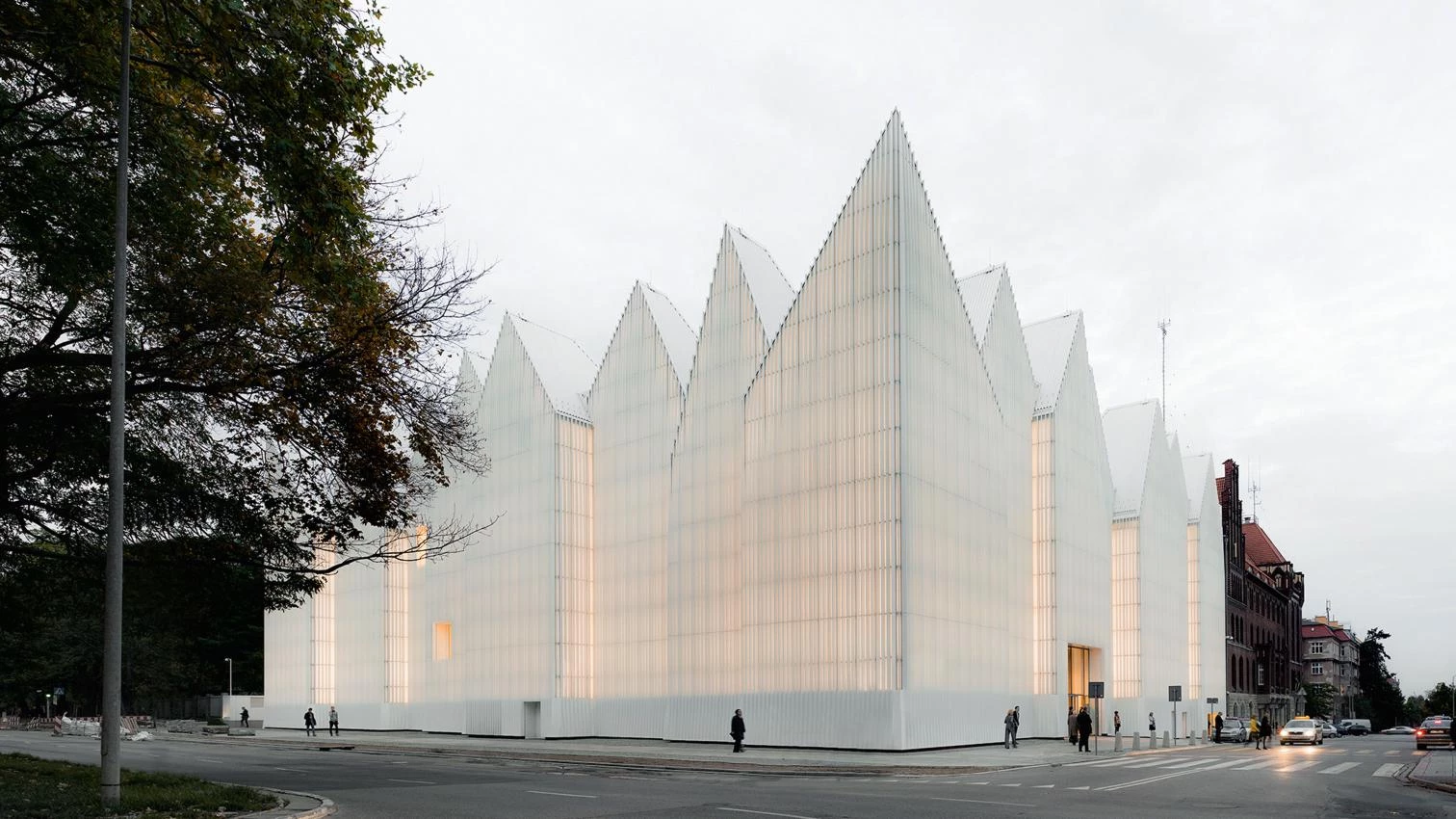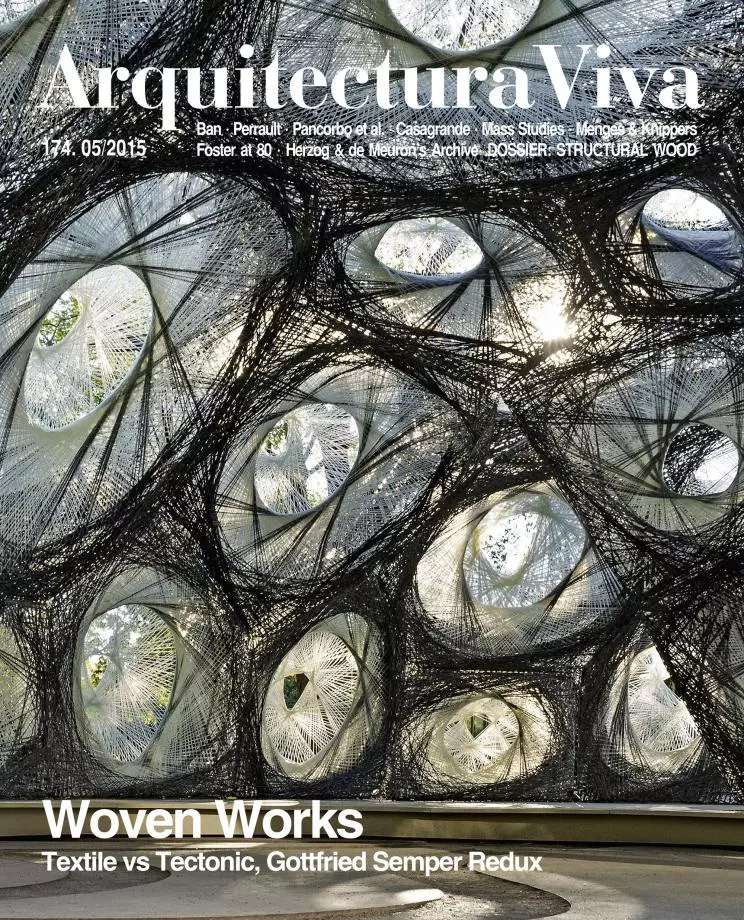
Besides the Pritzker, the EU Prize for Contemporary Architecture – or simply the Mies van der Rohe Award – is the only trophy that gets hype in the more generalized communications media. Thus the great expectation surrounding the announcement of the winners for 2015, though it was also thanks to how the biennial awarding ceremony was staged this year. For the first time since its creation in 1988, the winners were announced with all the finalists present.
This year the jury – with the Italian architect Cino Zucchi presiding and sitting with Margarita Jover, Lene Tranberg, Peter L. Wilson, Li Xiangning, Tony Chapman, and Hansjörg Mölk – gave the 60,000-euro grand prize to the Philharmonic Hall of Szczecin (Poland), a work of the Barcelona-based Italian-Spanish team Barozzi Veiga, praising it as a “contemporary monument”; Fabrizio Barozzi and Alberto Veiga’s first work outside Spain stands out for its faceted geometry of crystalline pieces, which cuts a powerful figure both formally and urbanistically (see Arquitectura Viva 173).
The giving of the Mies to the Philharmonic Hall Szczecin – which carried the day over the Kunstmusuem Ravensburg by Lederer Ragnarsdóttir Oei, the Danish Maritime Museum by BIG, the Antinori Winery by Archea Associati, and the Saw Swee Hock Student Center by O’Donnell & Tuomey – was complemented by the Emerging Architect Special Mention, a 20,000-euro prize, which went to another Barcelona practice, Arquitectura-G (Jonathan Arnabat, Jordi Ayala-Bril, Aitor Fuentes, and Igor Urgampilleta), for their Casa Luz in Cilleros (Cáceres), a painstaking, elegant intervention on a traditional dwelling.





